In case you missed our previous post on Colorado’s wolf reintroduction and how hunters should stay involved, go take a look at that one here. Colorado Parks and Wildlife (CPW) is in the final stages of assembling its Wolf Management Plan. The public input process is currently underway and it’s imperative that hunters participate and that our voice is well represented.
Since our last post on the Subject, CPW released its Draft Wolf Restoration and Management Plan, including two proposed locations where wolves may be released. As hunters, it’s important that we understand what’s in the plan – or what is missing from the plan – so that we can advocate for responsible wildlife management during this public input process.
As you read the plan for yourself, you will find the plan broken out into nine chapters. Among those nine chapters, here are a few important things to look out for:
Chapter 3: Implementation (Including Proposed Locations)
There are two proposed locations for the release of wolves in Colorado. The criteria for locations included a 60-mile buffer zone from neighboring states, as well as the habitat requirements outlined by the Technical Working Group.
CPW’s draft plan identifies two areas that meet the criteria. The northern area is along the I-70 corridor between Glenwood Springs and Vail, and extends down the Roaring
Fork Valley. The southern area is the Gunnison Basin, along Highway 50 between Monarch Pass and Montrose.
Of course these would just be the initial release locations and it should be expected that wolves would eventually disperse into other areas as well. According to CPW all wolves will be monitored with satellite GPS collars as part of the post-release monitoring.

Chapters 4 and 5: Recovery Metrics and Wolf Management
Chapters four and five in the draft plan outline recovery thresholds and the adaptive wolf management plan that CPW has proposed. In the plan CPW does leave the door open for eventually listing wolves as a game or furbearer species. But does it go far enough?
As hunters who understand the importance of hunting as a tool for our wildlife managers, this is an important part of the conversation to pay attention to. In part, CPW is limited by the wolves’ federal status as an endangered species and therefore can’t make specific plans for possible wolf hunting in the future. However, we ought to keep this at the forefront of the conversation. Anti-hunting groups are already pushing hard to have hunting language removed from the draft plan.
Chapter 6: Livestock Interests
While the draft plan does include compensation for livestock producers, it lacks a clear source of funding for depredation losses and this is something the Colorado Ag community will be keeping a close eye on. While this particular topic doesn’t necessarily have a direct impact on us as hunters, the Ag community and the hunting community can certainly support each other in the bulk of these efforts.
Chapter 7: Ungulate Herd Monitoring and Management
Chapter seven of the draft plan addresses wolf impact on ungulate populations, including deer, elk and moose. Of course this should also be at the forefront of the conversation for those of us in the hunting community. Ongoing monitoring and research of wolves as they expand throughout the state, and their impact on big game herds is going to be a critical part of this process.

Read the Draft Plan and Prepare Your Comments
The draft plan is available to the public here. And again, if you’d like to learn more about resources to stay informed and to be involved in the process, please see our previous article on that subject here.
As hunters, these next few months will be a critical time to remain engaged and to participate. Attendance at upcoming public input meetings and constant communication with CPW staff and Commissioners will be essential.


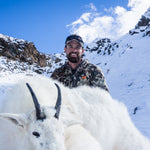





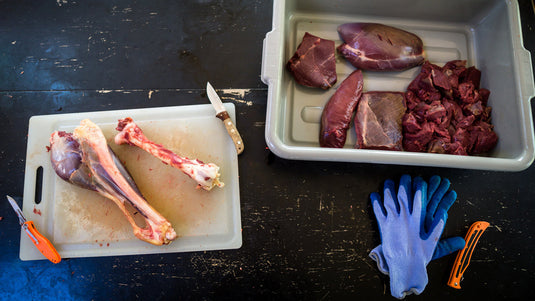
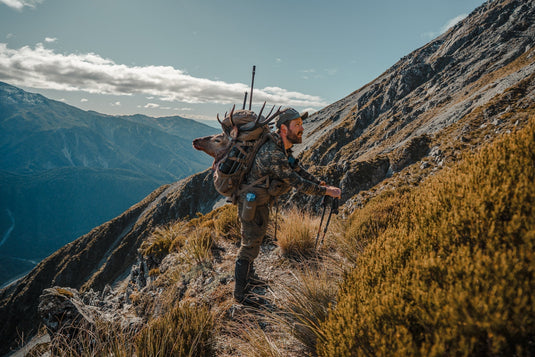
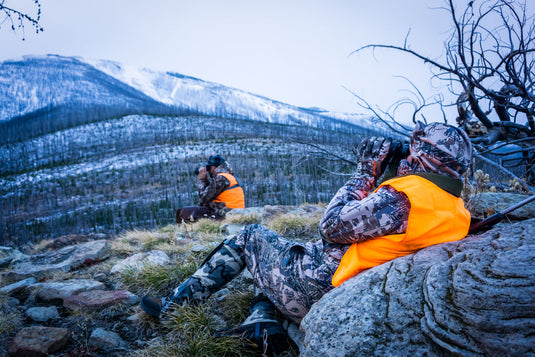
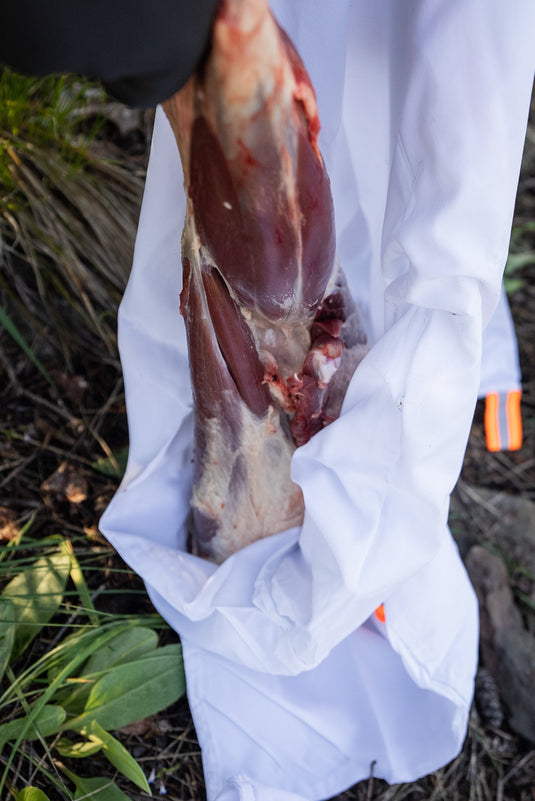
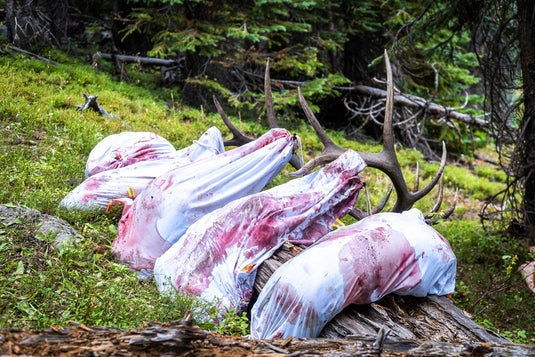
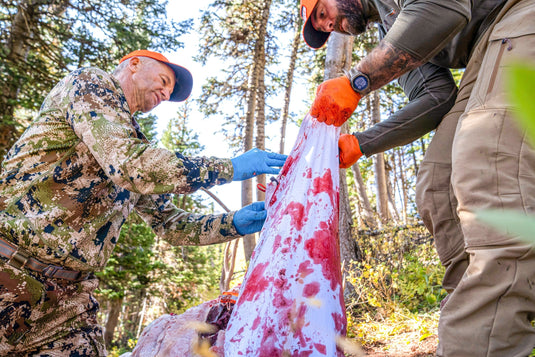
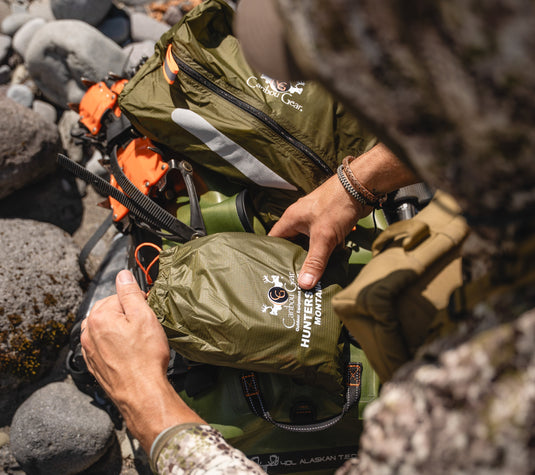
anyone that wants to turn wolfs lose has a hole in their head. they will devastate the wildlife like the coyotes have done in West Virginia. It doesn’t matter how far from state borders they’re released they will spread to other states. people in cities think they are adorable and pretty but they don’t have to deal with them !!!!!! Turn some lose in their back yard and see how well they like them….
Everyone that hunts or has livestock should put there foot down immediately!! I live in Washington and they have destroyed all of the best units in the state for elk, deer and moose I’ve been putting in for points for the last 23 years and what used to be awesome units to harvest a bull moose or elk have been decimated to these land sharks and there isn’t any hunting for them in the near future as far as I can see!! These are animals that kill for fun not like a cat that kills for food! If they get there way they want all of the deer elk and moose to be taken by these creatures and grizzly bears!! Which they are introducing to the cascades which is not just scary for us hunters but what about the people that hike the Pacific Crest trail early!! It’s just scary how much power these people have we all need to stay together on this agenda don’t let them take it all away from us!!
I’m concerned that Deer and Elk herds will be over harvested by these Wolf packs that will grow in numbers quickly within a few years. There has to be a balance on predators so biologists for the Colorado Fish and Game should be the judge on when and how many Wolves can be harvested by Fish and Game assigned Contract Wolf Hunters to insure the proper amount of Wolves are harvested as designated by the Colorado Fish and Game in a timely effective manner.